Rose petal baths are something you often see in romantic pictures or films. Aside from the gorgeous aesthetic, rose petal baths have amazing properties. They make your bath more luxurious, boost your mood, and soothe your skin.
But how can you make a rose petal bath yourself? Here are a few ways you can create and indulge in this warm indulgence!
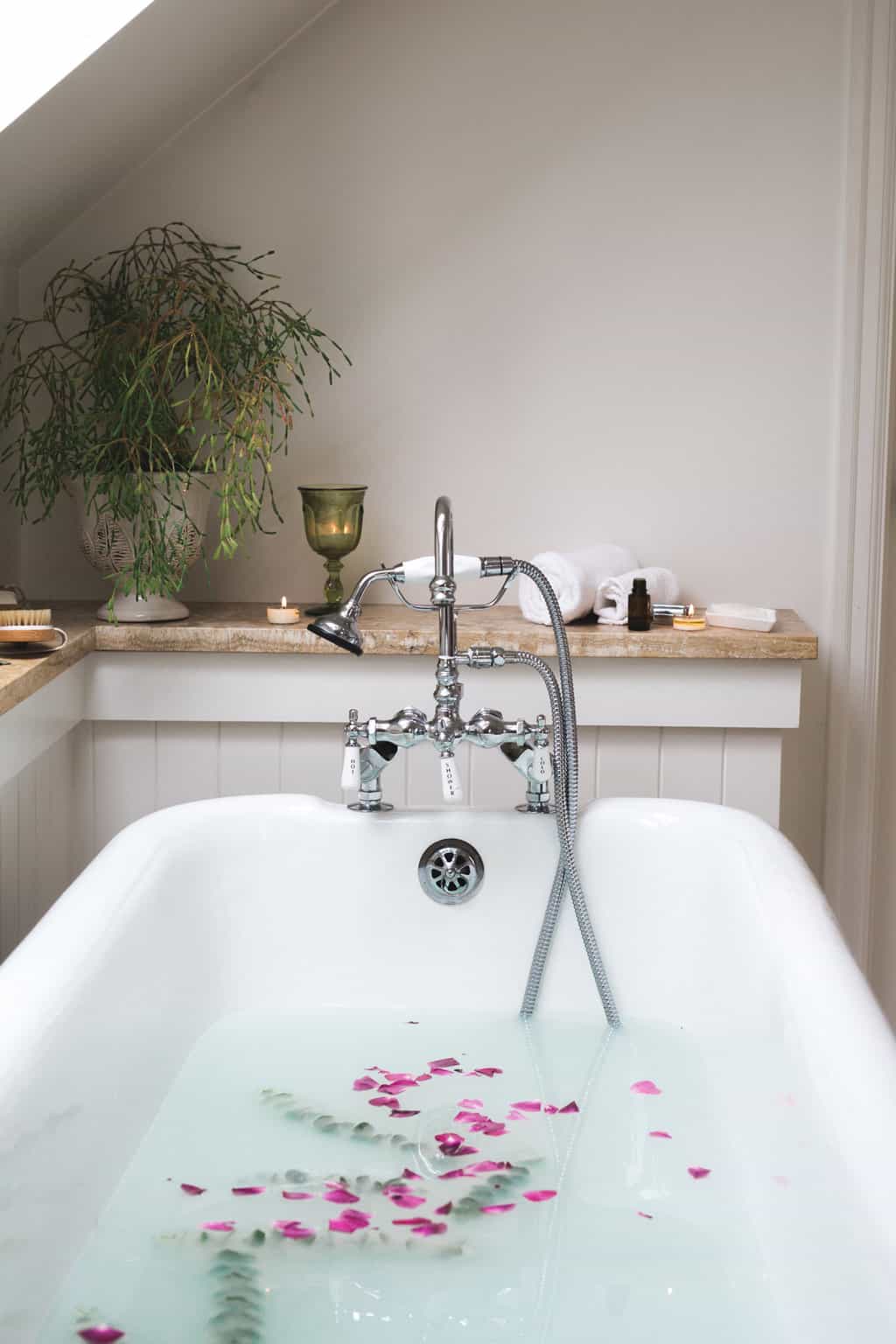
Rose Petal Bath Benefits
Using rose petals in your bath can improve your mood. Rose petals have a unique scent that works as a powerful aromatherapy ally to completely transform the atmosphere of your bath. It can help you relax and be in a better mood [source].
If you deal with acne, rose petal baths can help fight those annoying breakouts due to their anti-inflammatory [source] and antimicrobial [source] properties. On top of helping with acne, these baths can also soothe irritated and red skin.
Rose petal baths make it easier to heal psoriasis and eczema thanks to roses’ anti-inflammatory properties [source]. In fact, a recent study showed that breathing in the scent of roses promoted anti-stress responses in the skin and even improved its appearance [source].
Rose petals are full of natural oils that can help keep your skin moisturized.
Can You Put Fresh Rose Petals in a Bath?
If you want to enjoy a nice rose petal bath, you do not necessarily need dry petals—fresh ones work just as well.
To enjoy skin benefits, you should choose your roses carefully. Ideally, go for organic roses, more specifically, roses that have not been tainted with pesticides. Chemicals could be harmful to your skin, and that’s the last thing you want from your relaxing rose petal bath.
How to Dry Rose Petals for Your Bath
Are you eager to take a rose petal bath, yet you don’t want to wait for your rose petals to dry? Don’t worry – you can dry them yourself.
To dry your roses, follow these steps:
Collect rose petals from organic roses.
Rinse them gently, and then drain them. Make sure to remove any bugs or stems from your petals.
Place them on a cookie sheet in a single layer with parchment paper lining.
Put them in the oven, and bake them at 200°F for 10 minutes. Your petals should be ready when they are slightly crisp. You may bake them for an additional 2 minutes if you want to remove every little bit of water from the petals.
Let the petals cool, then put them into an airtight container for storage.
5 Rose Bath Recipes
Are you ready to experience a luxurious and relaxing rose petal bath? Here are 5 different recipes involving fresh or dry petals.
1. How to Make a Fresh Rose Petal Bath
Ingredients
—Fresh rose petals from two roses
Instructions
Collect two roses. Make sure they are organic ones, free of pesticides.
Remove the petals from the flowers.
Remove any bugs or stems on them. Rinse them gently.
Add them to your bath water along with other ingredients like bath salts, oils, or bath bombs.
2. Get Head-to-Toe Soft with a Rose Milk Bath
Ingredients
—½ cup organic dried rose petals, finely chopped
—1 cup Epsom salt
—2 cups powdered milk
—¼ cup baking soda
Instructions
In a bowl, mix the powdered milk, Epsom salt, and baking soda.
Add your rose petals.
Put the mixture into a sachet or bottle and add ½–1 cup to your bath.
3. How to Make Rose Petal Bath Salts
Ingredients
—1 cup Epsom salt
—1-½ cup Himalayan sea salt
—1 tablespoon baking soda
—4–8 drops of rose essential oil
—⅓ cup organic dried rose petals
Instructions
In a bowl, mix your baking soda, Epsom salt, and Himalayan sea salt.
Add the number of essential oil drops based on how strong you want the fragrance to be.
Add the rose petals into a food processor or blender that has sharp blades. Select the pulse setting, so the petals end up looking like confetti.
Put the rose petals into the salt bowl and use a spoon or your hands to mix them.
Now, put them in decorative airtight containers and add ½—1 cup of the mixture to a warm bath.
4. How to Make a Rose Petal Bubble Bath
Ingredients
—½ cup liquid soap
—¼ cup warm distilled water
—¼ cup fractionated coconut oil or glycerin
—¼ cup organic dried rose petals
—2–5 drops rose essential oil
Instructions
Combine all the ingredients.
Pour around 1 cup of bubble bath under running water.
Keep the rest in a resealable container.
5. How to Make Rose Petal Bath Bombs
Ingredients
—½ cup Epsom salt
—½ cup citric acid
—1 cup baking soda
—1 teaspoon of your essential oil of choice
—¾ tablespoon water
—2 tablespoons carrier oil
—¼ cup organic dried rose petals
Instructions
Use a large bowl to mix all the dry ingredients aside from the citric acid.
Add all liquid ingredients into a jar with a lid. Shake it properly after closing it.
Combine the dry ingredients with the liquid mixture and use your hands to meld them together.
Add your citric acid.
Put the mixture into 2 molds.
Allow the bath bombs to dry for 1–2 days.
Rose Petal Bath FAQs
Bathing in rose petals can be great for your skin. It hydrates your skin and can help fight acne breakouts, psoriasis, eczema, inflammation, and redness. It also relaxes you and helps elevate your mood.
Putting rose petals in your bath can be safe as long as they come from organic roses. Nonorganic flowers have been sprayed with pesticides, and the chemicals can harm your skin.
Rose petals can clog your drain if you do not collect them before draining your water from the bathtub. To prevent clogging, you can put some nylon around the drain and use a shower strainer.
After your bath, you can simply compost them, as they cannot be reused.
Dried rose petals are great for your skin. They can soothe irritated skin and reduce redness while helping it retain moisture.
Final Thoughts
Rose petal baths can help you relax after a long and stressful day. At the same time, they soothe and heal your skin. For the best results, try following the recipes we’ve presented above to make a relaxing therapeutic bath.
References:
1. Hongratanaworakit T. Relaxing effect of rose oil on humans. Nat Prod Commun. 2009.
2. Lee MH, et al. Skin anti-inflammatory activity of rose petal extract (Rosa gallica) through reduction of MAPK signaling pathway. Food Sci Nutr. 2018.
3. Mileva M, et al. Rose flowers—a delicate perfume or a natural healer? Biomolecules. 2021.
4. Boukhatem MN, et al. Rose geranium essential oil as a source of new and safe anti-inflammatory drugs. Libyan J Med. 2013.
5. Duroux R, et al. A rose extract protects the skin against stress mediators: a potential role of olfactory receptors. Molecules. 2020.
23


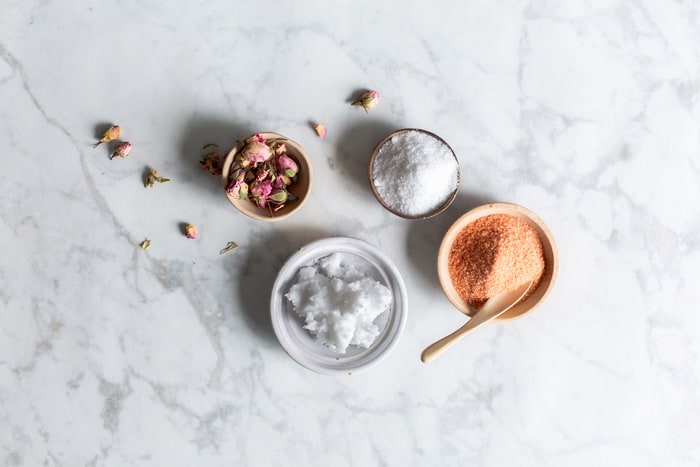
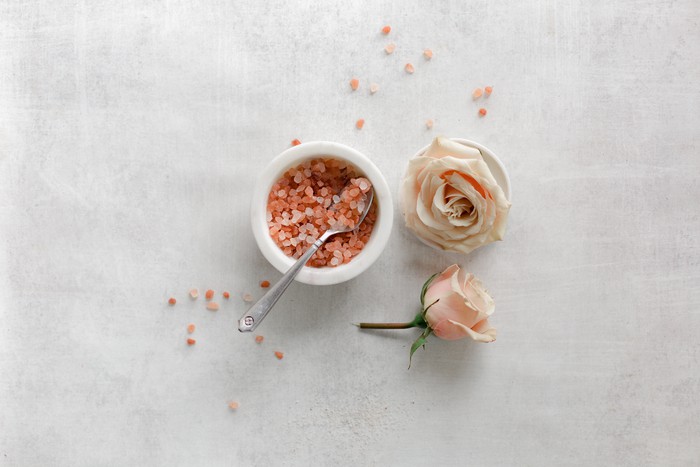

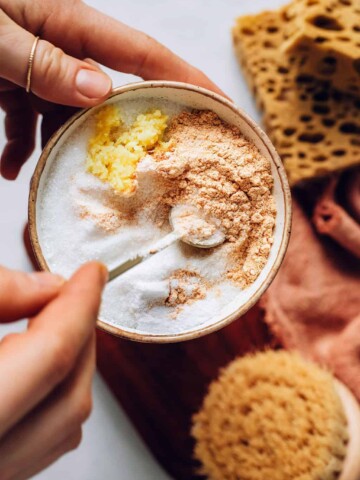

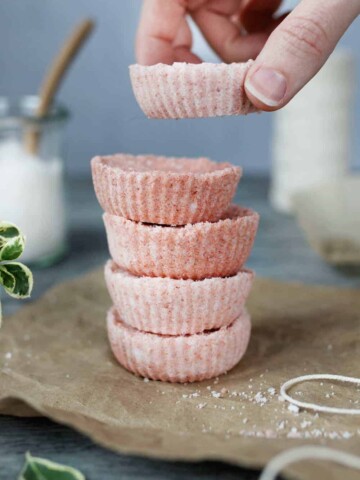

Leave a Comment